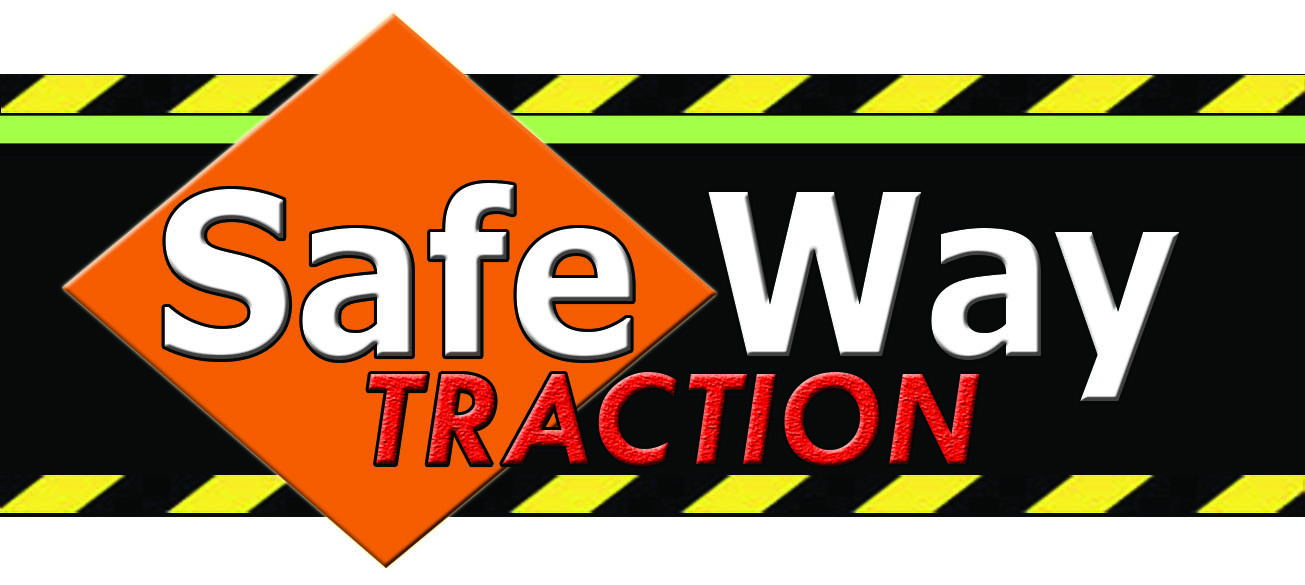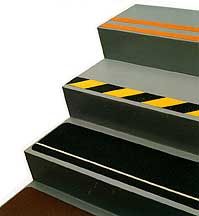
According to the National Safety Council, in 2016, the United States workforce saw 161,374 preventable deaths and 44.5 million injuries, costing approximately $967.9 billion. While accidents can occur at any time, workers in certain high-risk industries are especially at risk of bodily harm and fatal workplace injuries. For those working in, on, or around U.S. waterways, those risks are often amplified.
The International Convention for the Safety of Life at Sea (SOLAS) is an international maritime treaty which sets minimum safety standards in the construction, equipment, and operation of merchant ships.
The aspects of this treaty are essential for life at sea and were devised to keep maritime workers safe while on the job. From reflective 3m SOLAS tape to lifejacket usage, here are some regulations pertaining to SOLAS:
Lifeboats and rescue boats must use reflective materials and tape -- In order to prevent accidents and increase visibility, yellow fluorescent reflective tape, such as 3m SOLAS tape, and other reflective materials must be used on every rescue vessel on the water. Retro-reflective materials should be fitted on the bottom of lifeboats and rescue boats as well because they are not self-righting.
Lifejackets need to be onboard and fitted with reflective materials -- Lifejackets are perhaps the most important item on a boat when it comes to passenger and worker safety. If an accident were to happen and individuals were forced to abandon ship (or if they accidentally fall), life jackets can without a doubt save lives. These protective jackets aren't just for floating, either. They need to be fitted with retro-reflective materials to be easily identifiable to searchers from air, land, and water from all directions. The reflective patch should be placed as high up on the lifejacket as possible.
Proper weight methods must be maintained -- Though large ships can carry extremely large freights, a weight limit should never be exceeded. Under the SOLAS amendments, there are two permissible methods for weighing: weighing the ship's containers after it has been packed and weighing all the ship's cargo and adding those weights to the container's tare weight. The container's weight should be indicated on the door end of the shipping container.
If you want to learn more about various maritime safety regulations, find quality 3m SOLAS tape, anti slip tape for stairs, and bold treads for stairs, give Safe Way Traction a call today!



